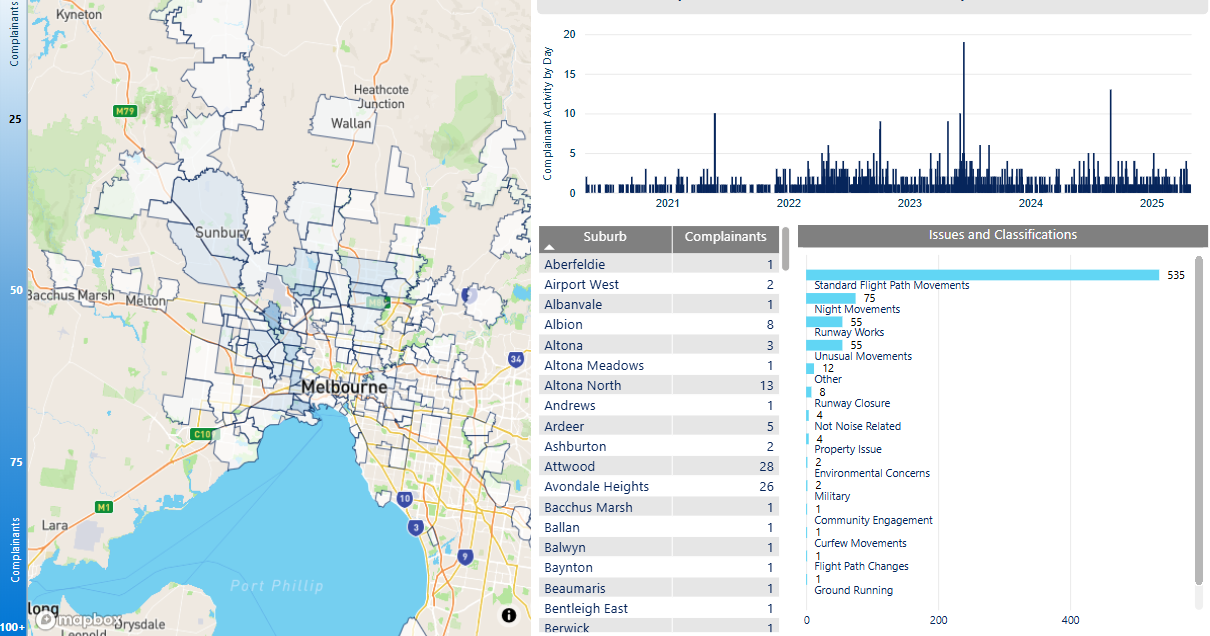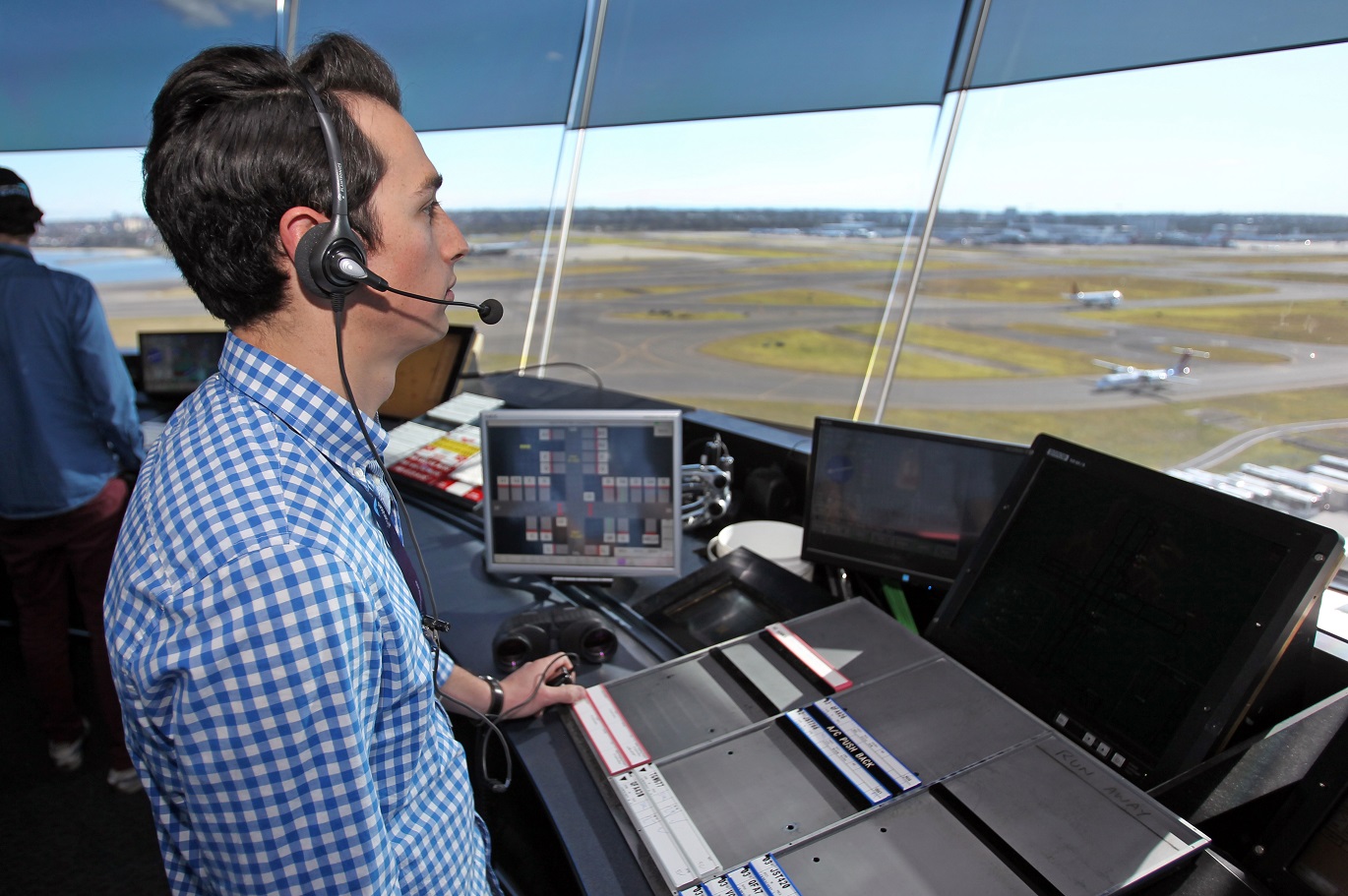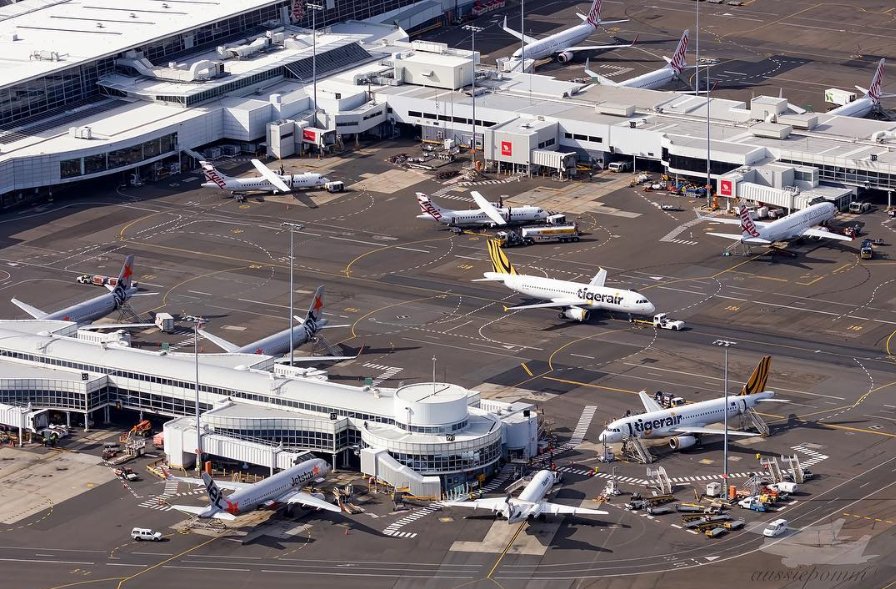Flight paths in Melbourne are designed to accommodate, and keep segregated, aircraft arriving from and departing to ports in different directions. While there are some different flight paths for jets and non-jets there are other flight paths that are used by both types of aircraft. The vast majority of aircraft at Melbourne Airport are medium to large jets.
Arrivals
Jet arrivals into Melbourne are generally aligned with the runway at least ten kilometres from the airport. From this point they will fly towards the runway in a straight line. This means that suburbs in line with the runways are overflown by arriving jets. Other suburbs may be overflown by aircraft proceeding towards the point at which they join the final approach and align with the runway.
Runways 16 and 27 have Instrument Landing Systems. This type of approach requires aircraft to be aligned with the runway at a distance of around twenty kilometres and height above the elevation of the runway of around 3000 feet when they begin their approach. Aircraft will descend steadily to the runway using the horizontal and vertical guidance provided by the system. A similar instrument approach known as Honeywell SmartPath is available on all runways.
There is no minimum altitude for aircraft in the process of landing. Aircraft will generally descend on a glide slope of three degrees.
Departures
Departure flight paths allow aircraft to maintain the runway heading for a short time until they are stabilised in flight, and then to turn towards the route that will take them to their destination.
The altitude of aircraft after departure will depend on factors such as the type of aircraft and its weight, how heavily laden it is with fuel and passengers, and the atmospheric conditions at the time. All these factors affect an aircraft’s climb rate. There is no regulated minimum altitude for an aircraft in the process of taking off.
Smart Tracking
A growing number of modern aircraft are now fitted with navigation systems that use satellite-assisted guidance which allow aircraft to fly with a higher degree of accuracy and more closely follow the same route as other aircraft. Airservices refers to these routes as ‘Smart Tracking’. Smart Tracking technology makes air travel safer, cleaner and more dependable. It also has the potential to improve noise outcomes for communities living close to airports.
While there are standard flight paths, aircraft may be directed off these at times for reasons including the need to avoid bad weather or for traffic management, that is, to ensure safe separation between aircraft. See WebTrak for further information about where aircraft fly.





